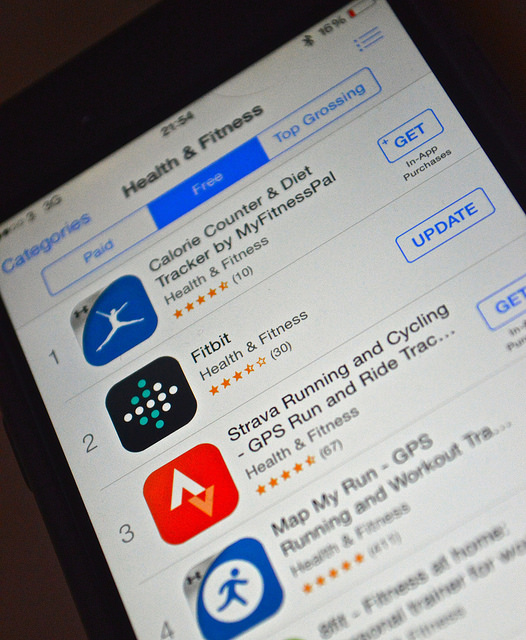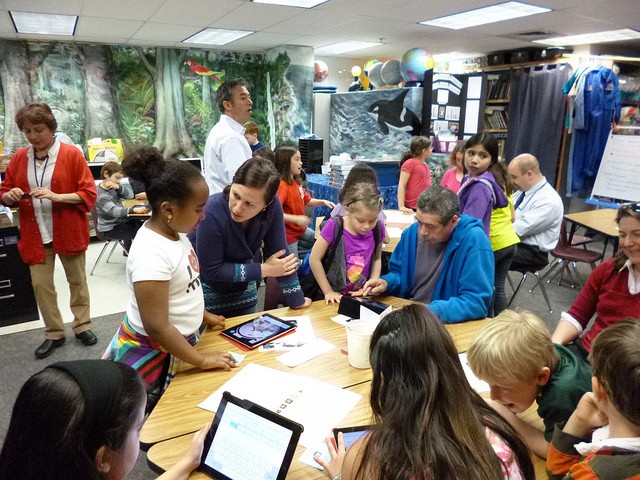Facilitating Math Learning with DreamBox Learning Platform
Games in Education Helping to Create Mathematicians
Last year, teachers began to face an uphill battle after the increase of math standards in many states. School districts nationwide commenced searching for a solution to fill in the learning gaps created by the jump in expectations, but with limited time and teachers, the task seemed almost impossible. Since math is a “no pass” subject in certain levels of state testing, one game in education stands out as superior at helping teachers win the fight: Welcome to DreamBox Learning!
Founded in 2006, Dreambox Learning was originally an “at home” offering. However, in 2010, Reed Hastings (Netflix co-founder) purchased the website and then hired Jessie Woolley-Wilson as the new CEO. Together, they determined they could fill a greater exigency in math education by updating their program to accommodate schools. In four years, they saw their users double each year, and are now experiencing an average of one million administered lessons per day.
In review of DreamBox Learning case studies, it is apparent that this program has seen significant results:
- Aleane Comito Ries Elementary School’s first graders saw an average of over two years growth in one year.
- Dunbar Elementary School, which was an underachieving facility, saw a fifty percent proficiency gain in less than a year.
- ICEF Vista Academy saw a proficiency growth from sixty-seven percent to one hundred percent.
In fact, all schools in the case studies experienced significant growth in math competency.
Indeed, a look inside the DreamBox Learning platform helps one to understand why this program is so successful. Through “Intelligent Adaptive Learning”, this educational game encourages a student’s success. If a child is showing signs of struggle, the lesson adjusts to the student’s level, before he grows frustrated. In contrast, the program excels the level of learning for successful students.
The reports aspect of the program is a teacher’s delight, as it helps her easily determine the individual needs of each student in her classroom, and exhibit more effective teaching in her small groups. DreamBox Learning also offers training and prepared lessons for teachers and aligns them with the state standards.
For students, there are three learning environments:
Grades K-2
- Graphics, audio, and sound effects are age appropriate.
- Allows a student to pick his own character.
- Hosts six adventure categories, with eight adventures each.
Grades 3-5
- Graphics, audio, and sound effects are age appropriate.
- The student chooses his own icon graphic.
- Offers an icon to push in case of reading assistance needs.
Grades 6-8
- Graphics, audio, and sound effects are age appropriate.
- The student creates his own avatar for use in the game.
- Includes a time tracker for a student to see how long each step takes him.
All three learning environments give the user the feel of playing a video game, offer the opportunity to earn incentives (badges and coins to customize the student’s learning area), and include a help button in case the student requires hints or desires a repeated question.
The cost to benefit ratio is phenomenal. For less than half the cost of one teacher’s aide, a district may obtain a software license for $7,000 per year, or a smaller district may choose a fee of $25 a student per year. This program offers an application for iPad and is also available in Spanish. Do visit the DreamBox Learning website and try a few sample lessons, but make sure you have plenty of time to play, as you will not want to leave once you get there!
Credit image: flickr



















